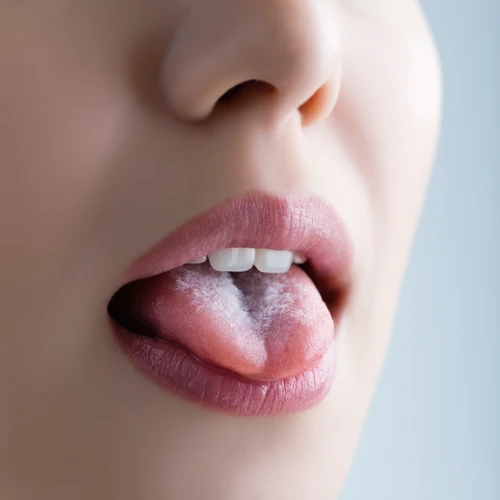Understanding Thrush – Thrush, also known as oral or vaginal candidiasis, is caused by an overgrowth of the fungus Candida albicans. When the natural balance of bacteria and yeast in the mouth or genital tract is disrupted, the yeast multiplies rapidly, leading to discomfort, itching, and visible white patches.
Common Symptoms – Oral thrush typically presents as white, lumpy patches on the tongue, inner cheeks, or roof of the mouth. It can be mistaken for a cold sore or dental plaque, but the key difference is the distinct lichen-like texture. Vaginal thrush, on the other hand, manifests as itching, burning, and a thick, white discharge often described as “cottage cheese.” In both cases, a bad taste or sore throat may also appear.
Risk Factors and Causes – Several conditions can tip the scales in favor of yeast growth: antibiotic use, hormonal changes (especially during pregnancy or with birth control pills), diabetes, a weakened immune system, tight clothing, and a diet high in refined sugars. Pregnancy is a notable risk because progesterone levels increase, creating a more favorable environment for Candida.
Diagnosis – For most people, a clinician can diagnose thrush by a simple visual exam. However, if the symptoms are ambiguous or recurrent, a swab may be sent for laboratory culture. In the case of vaginal thrush, a microscopic exam of vaginal fluid can confirm the presence of budding yeast cells.
Standard Treatment Options – The most common first‑line therapies are topical antifungals:
- Oral thrush: Nystatin suspension (0.2 %) rinsed several times a day for 7–14 days.
- Vaginal thrush: Clotrimazole 1 % cream or 1 % vaginal tablets used daily for a week.
For mild cases, over‑the‑counter products such as clotrimazole or undecylenic acid might suffice. In recurrent or resistant cases, doctors may prescribe systemic antifungals like fluconazole 150 mg once or an extended low‑dose therapy.
Natural and Lifestyle Remedies – Many patients find relief by complementing medication with natural measures:
- Probiotic yogurt or lozenges: contains Lactobacillus acidophilus that restores healthy bacterial flora.
- Tea tree oil: apply a diluted solution (1 %) topically to oral lesions or under‑arm areas, after verifying no skin irritation.
- Avoid sugary foods and refined carbohydrates: reducing sugar intake limits yeast nutrition.
- Maintain good oral hygiene: brush teeth twice daily and use antiseptic mouthwash to keep bacteria at bay.
- Wear breathable cotton underwear. Avoid tight leggings or synthetic fabrics that trap moisture around the vaginal area.
Prevention Measures – The best defense against thrush is to keep the microbial ecosystem balanced:
- Use antibiotics judiciously. Only take prescriptions when truly necessary.
- Manage blood sugar levels: especially important for diabetics to avoid a sugary environment.
- Maintain proper hygiene: in both oral and genital areas.
- Regular check‑ups: for pregnant women to monitor for candidiasis.
When to Seek Medical Attention – If symptoms persist beyond two weeks, worsen despite OTC treatment, or recur frequently, consult a healthcare professional. In pregnant patients, persistent thrush can indicate gestational diabetes or other complications, requiring professional evaluation.
Conclusion – Thrush is a common but largely treatable condition that thrives when the natural balance of microorganisms is upset. A combination of proven antifungals, natural adjuncts, and lifestyle changes can lead to rapid and lasting improvement. Early recognition and treatment help avoid the discomfort and potential complications associated with untreated yeasts.


